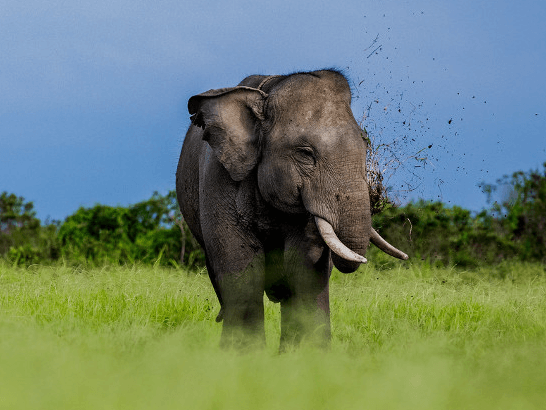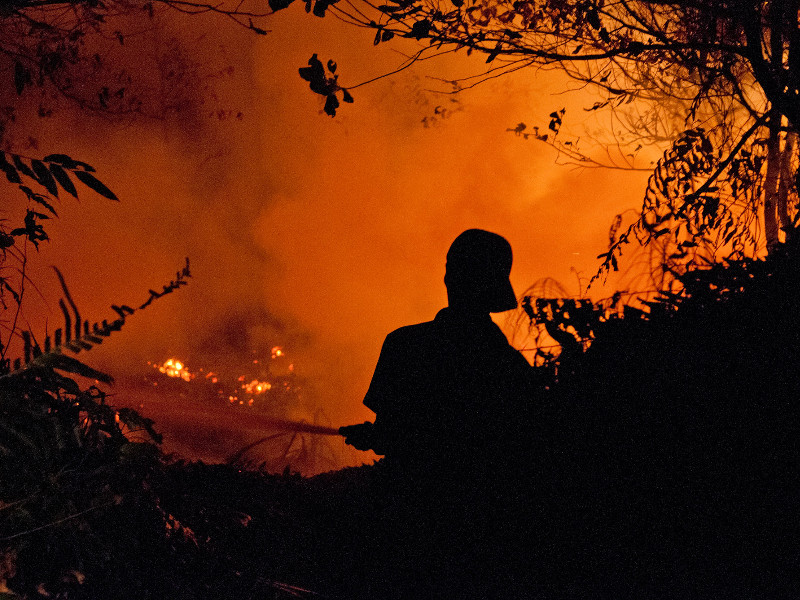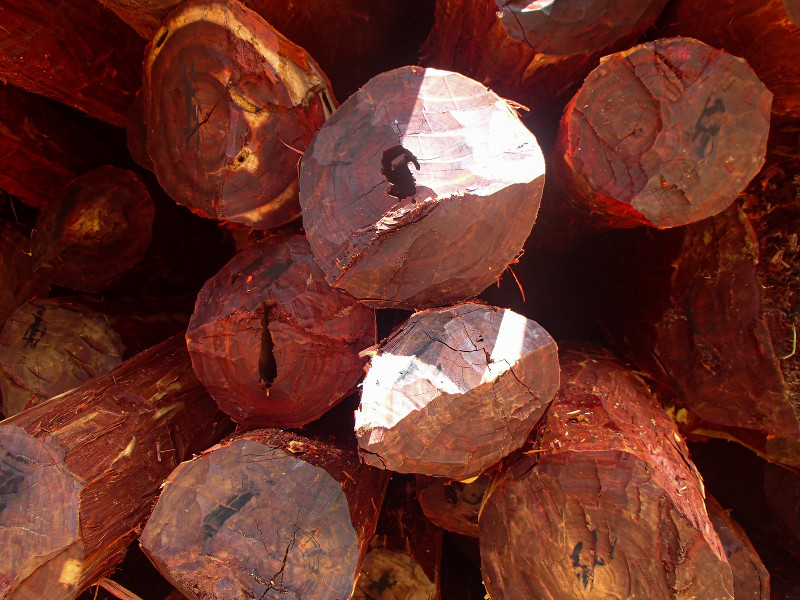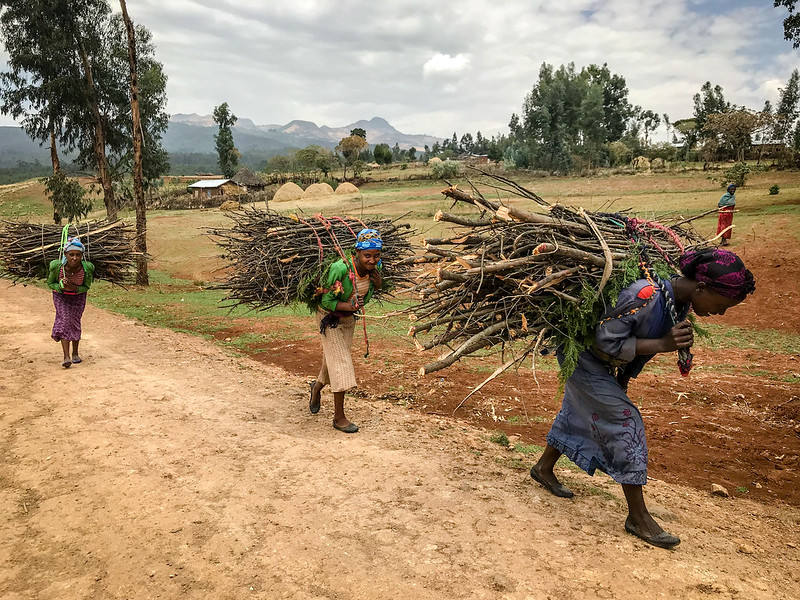The first model for co-management between local communities and government towards the sustainable utilization of forested regions in Republic of Guinea was established in the Nialama Classified Forest in 1999. Technical and financial support was provided by USAID to develop local natural resource management capacity. Long-term local chimpanzee monitoring provided the basis for delimiting the boundaries of core areas for strict protection which continue to provide refuge to the resident chimpanzee population. Using satellite imagery, we reviewed the impacts of co-management on key chimpanzee habitat between 1986 and 2009. Degradation statistics show that land cover change within areas delimited as critical chimpanzee habitat inside of the Classified Forest was far less compared to the Classified Forest as a whole, or within a 5 km buffer zone. Comparatively, critical chimpanzee habitat located outside of the Nialama Classified Forest suffered the most degradation. Here we discuss the impacts of co-management on chimpanzee habitat and causal factors surrounding the continued survival of chimpanzees in Nialama.
DOI:
https://doi.org/10.1007/s10531-011-0102-4
Dimensions Citation Count:
























